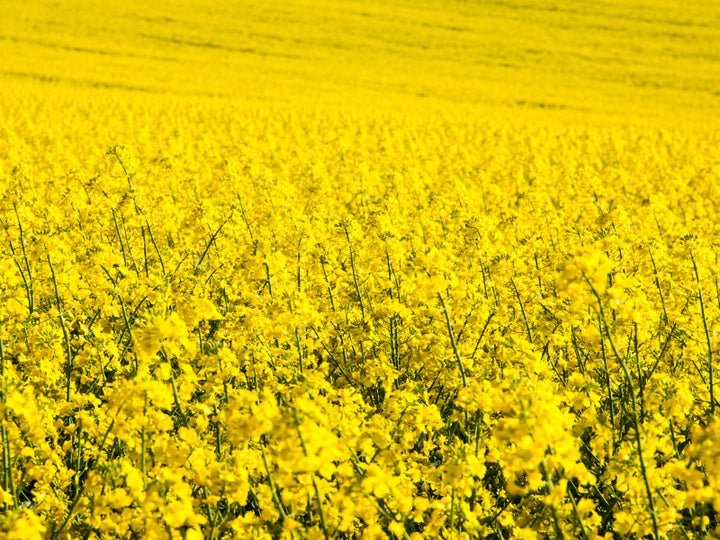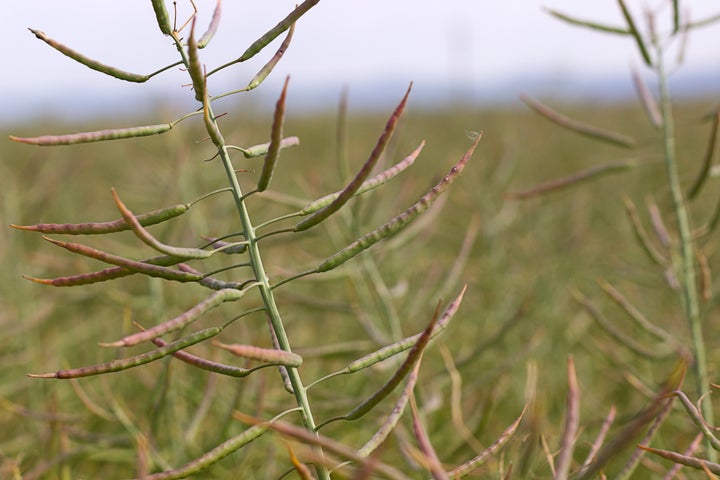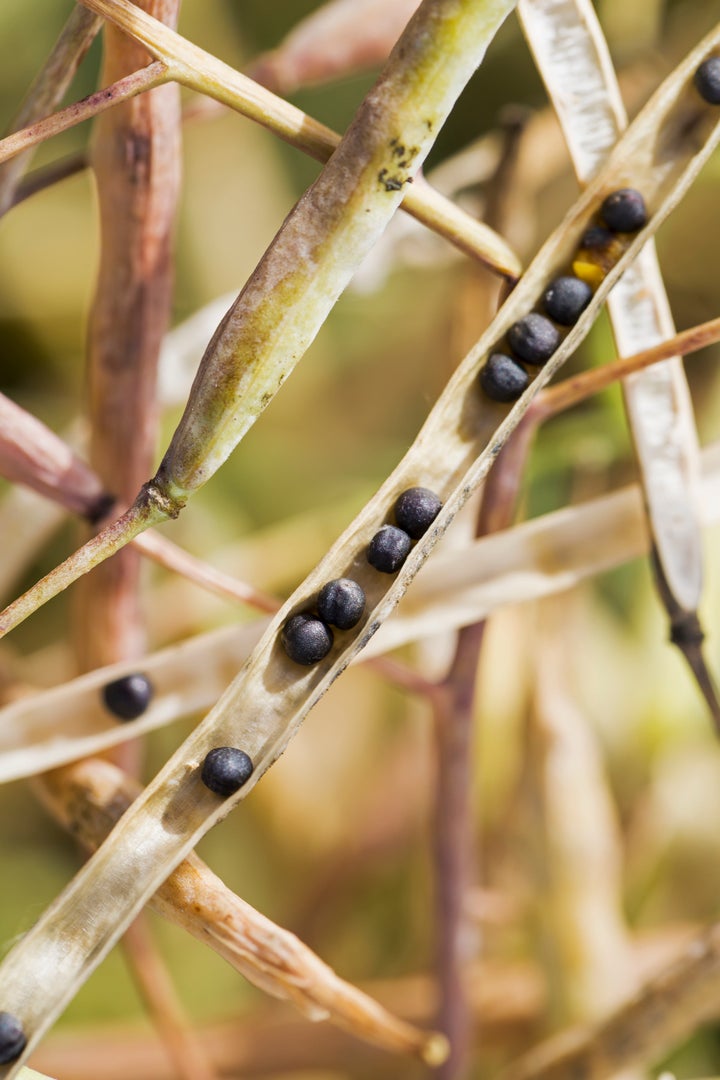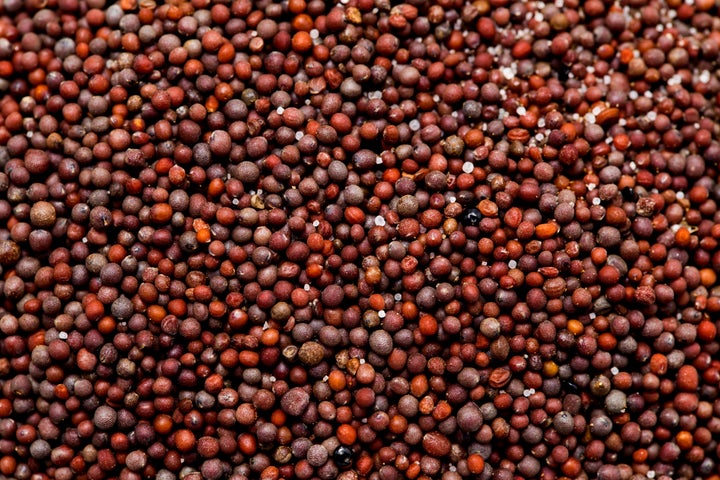Canola oil is a popular option for a healthy, affordable vegetable oil, but what is it really? We know that it comes from a beautiful yellow flower. (Well, maybe you didn’t know that.) Fields of this flowering plant makes for an impressive sight. Just look:

But that’s where our knowledge generally drifts off. We had questions ― what is canola oil? Is it rapeseed oil? Is it actually a healthy choice? And we found answers.
First, you should know that we can thank Canadians for canola.
It was created by Canadians. In fact, the word canola is a combination of the words “Canadian” and “oil.” Prior to the production of canola, Canada imported most of its cooking oil, which is what inspired their development of this plant.
The canola plant was first bred in the 1960s on prairies, by scientists from the University of Manitoba. They took the rapeseed plant and used traditional breeding methods to do away with erucic acid and glucosinolates found in rapeseed. (It was these toxic components of the rapeseed plant that made the FDA ban the human consumption of rapeseed oil in 1956.) The new crop, which was trademarked in 1970, still looks the same as rapeseed but is an entirely different plant with a different nutritional makeup.
Canola is trademarked.
Canola is now grown all over the world. In order to use the trademarked canola name, the product must contain no more than 30 micromoles of glucosinolates and less than 2 percent of erucic acid. In other parts of the world, canola and rapeseed are labeled incorrectly, which leads to confusion about the difference between canola and rapeseed.
The oil is made from tiny, tiny seeds.
To make canola oil, we need the seeds. But we first have to wait for the flowers to die. Once the flowers have been pollinated, the petals drop and pods form.

Inside the pods are tiny seeds. There are roughly 20-30 seeds per pod. Each tiny seed contains 42-43 percent canola oil, which makes it a really efficient crop.

Canola feeds our livestock.
Once the seed is pressed for oil, the remaining meal is used for animal feed. In fact, the U.S. imports over 50 percent of Canada’s high-protein canola meal for livestock.

It’s a healthy choice.
It is low in trans fat and high in healthier unsaturated fats. Eating Well often uses this oil in its recipes because it’s the “richest cooking-oil source of alpha-linolenic acid, an omega-3 fat that has been linked to heart health.”